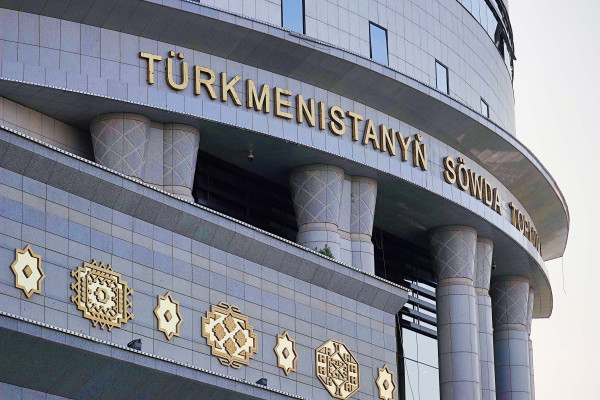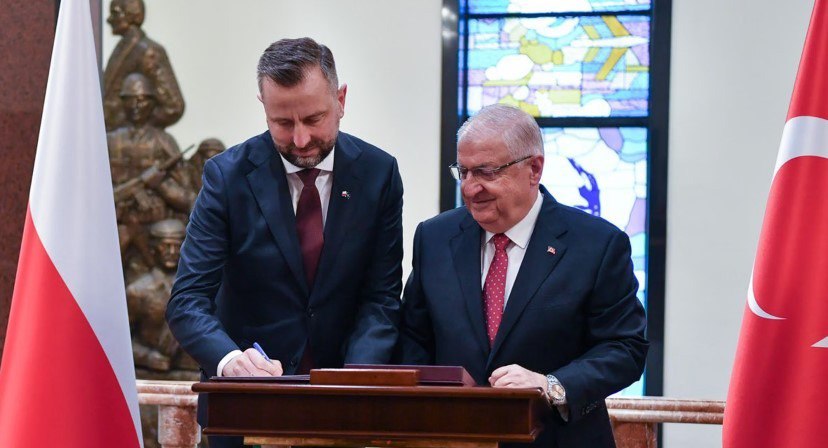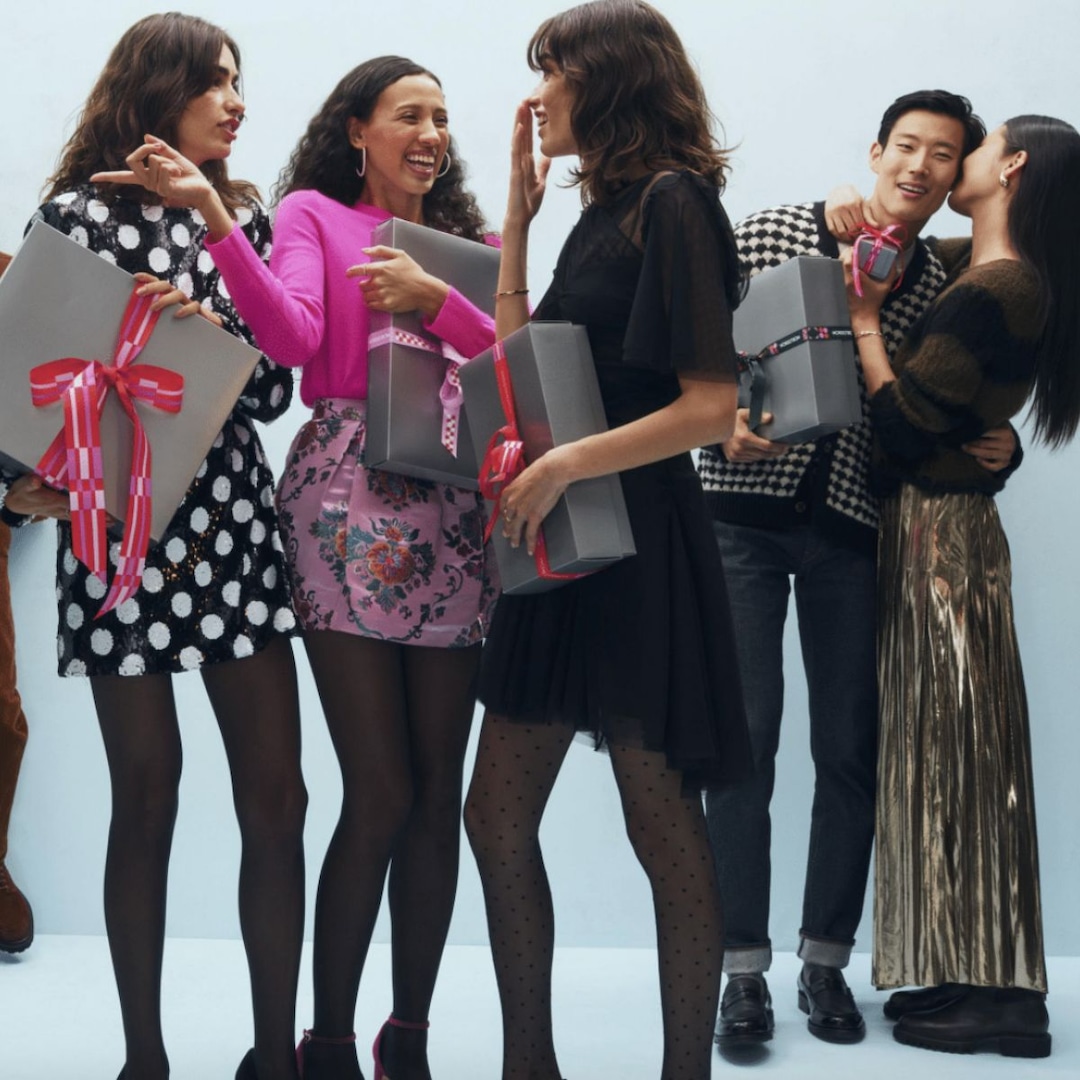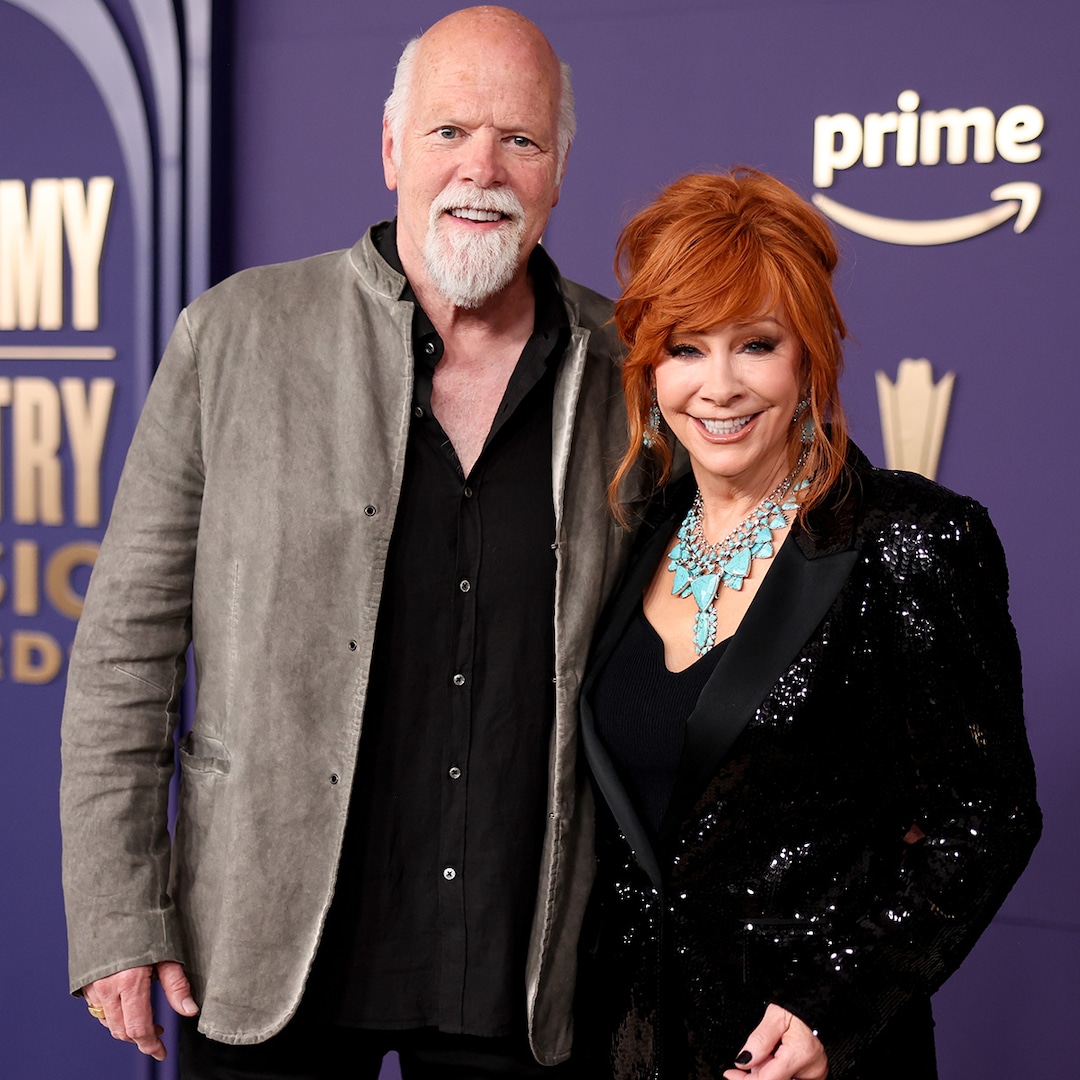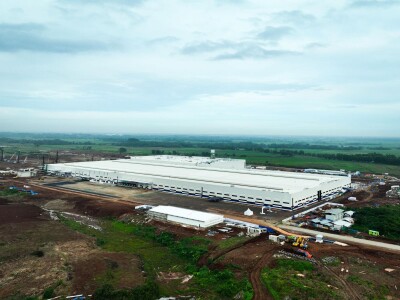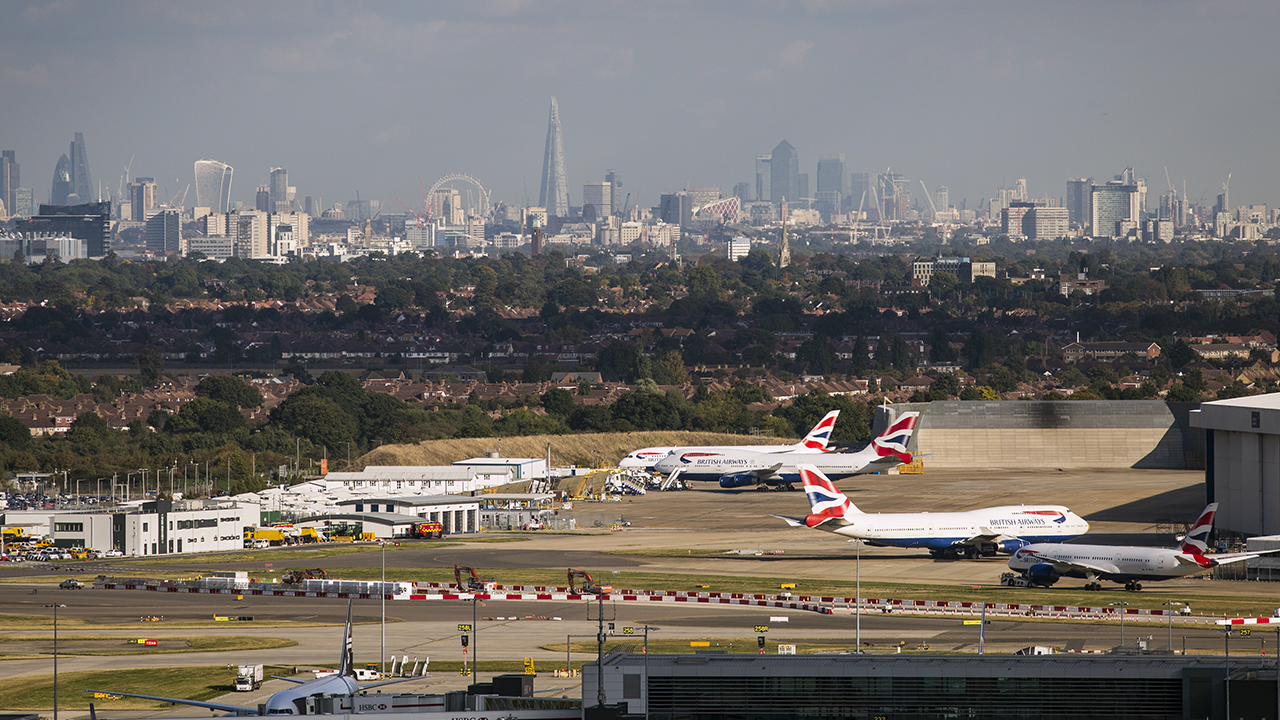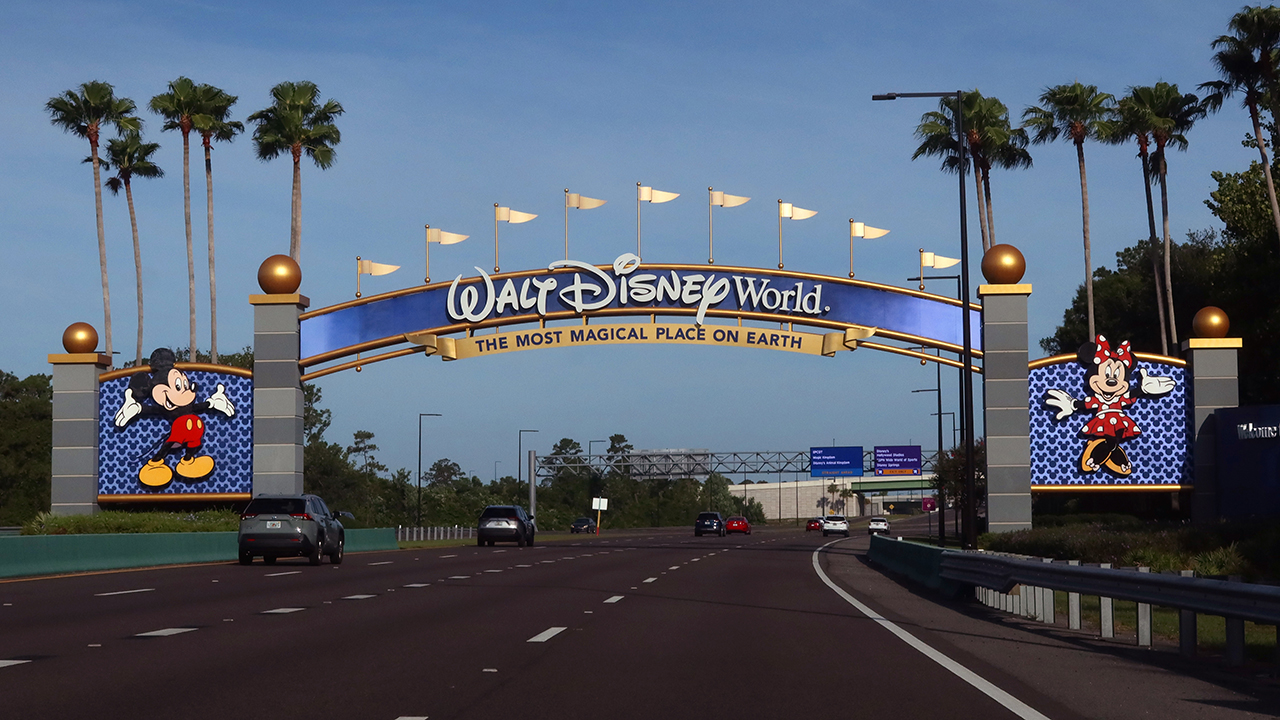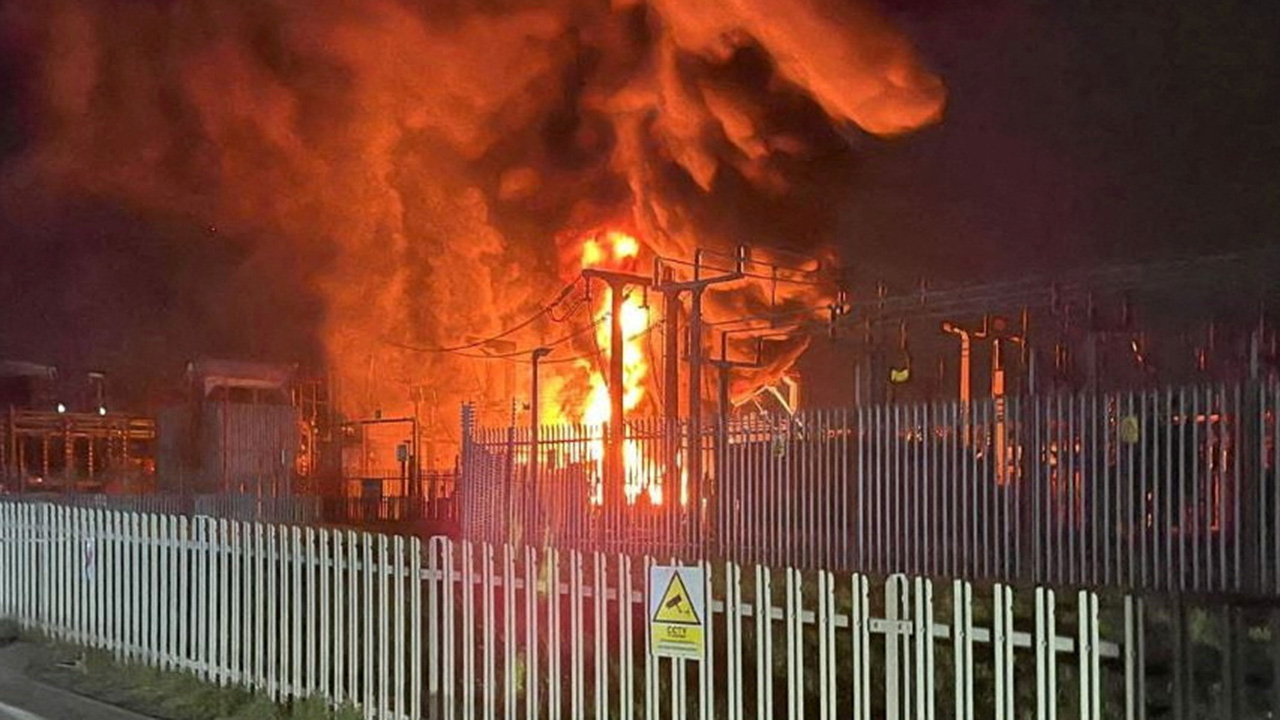Chinese Brand Urban Revivo Strikes Global Ambitions as It Takes on Global Fashion Chains
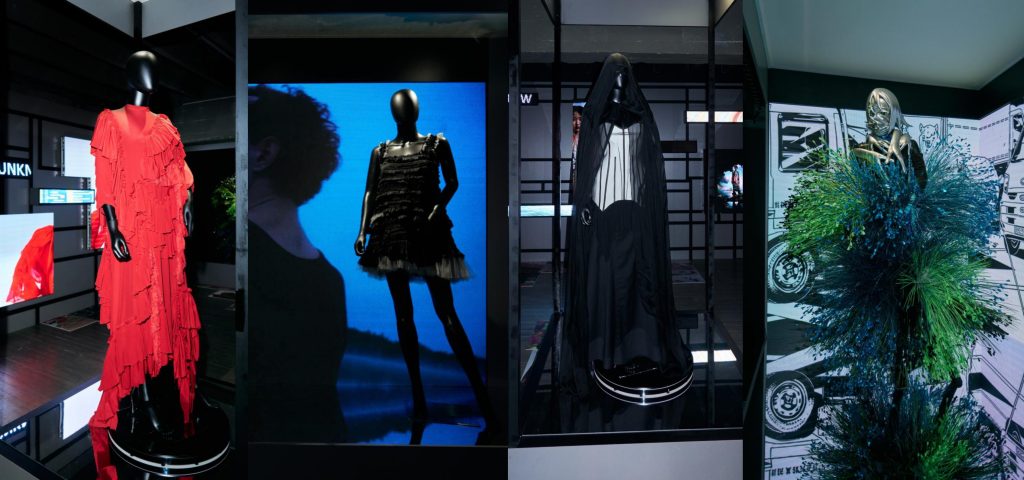

As Western fashion capitals awake to the rumble of a new challenger, Chinese fast-fashion brand Urban Revivo is stepping confidently into London and New York, setting its sights on the global heavyweights Zara and H&M.
The Guangzhou-based retailer, often dubbed “China’s Zara,” has spent the past decade building a powerful position at home, operating more than 400 stores and developing a loyal base of fashion-savvy urban consumers. Now, with global ambitions intensifying and domestic competition tightening, its founder Leo Li Mingguang believes the time is right to take the brand to the world stage.
“We’ve proven we can compete with the best in China,” Li told reporters recently. “Now we want to show that Chinese design and speed can compete in London, New York — anywhere.”
Strategic Storefronts in Global Capitals
Urban Revivo’s international expansion began cautiously several years ago with outlets in Singapore, Bangkok and Manila. But its recent moves into Covent Garden in London and SoHo in New York signal a decisive escalation — and a direct challenge to Western fast-fashion incumbents.
The brand’s Covent Garden flagship is located on Neal Street, one of London’s most coveted retail locations, sitting cheek-by-jowl with Zara, Uniqlo and high-end boutique names. In the U.S., its new SoHo store occupies a prominent corner on Broadway, a statement opening that underlines its global intent.
These stores are more than retail spaces. They’re brand showcases designed to build awareness and attract fashion-forward young shoppers. Large digital displays, curated capsule collections, and frequent design rotations all echo the quick-turnover formula that made Zara famous — but with a distinctly Chinese twist.
Urban Revivo has also established a European design centre to adapt styles for Western markets. Local designers collaborate with its Guangzhou headquarters to reinterpret global trends while maintaining the company’s clean, minimalist aesthetic. The result: seasonal drops that blend East Asian sophistication with the street-inspired sensibility of London and New York fashion scenes.
From Local Powerhouse to Global Player
Founded in 2006 under the umbrella of Fashion Momentum Group (FMG), Urban Revivo quickly carved out a niche in China’s crowded fashion landscape. Its model blends rapid design cycles with a vertically integrated supply chain — a structure that allows it to bring new styles from sketch to shelf in just a few weeks.
The brand’s appeal lies in a careful balance between affordability and aspiration. Prices are roughly comparable to Zara’s, but Urban Revivo positions itself as slightly more design-led, offering limited-edition capsule collections and frequent collaborations with emerging Asian designers.
In 2022, the company reported revenues of roughly 6 billion yuan (around £650 million), with consistent annual growth despite a slowing domestic economy. It now operates more stores in China than either Zara or H&M and aims to derive a significant share of future revenue from overseas markets. Its target: 5 billion yuan in international sales by 2030.
The company’s global store count is expected to more than double over the next five years, with around 200 planned openings in Europe, North America and the Middle East.
Why Now?
Urban Revivo’s timing reflects a shifting landscape in both China and global retail. At home, the fashion market has become saturated and hyper-competitive, with e-commerce giants like Shein and Temu reshaping consumer expectations for speed and price. Slower economic growth has also squeezed middle-class spending, pushing domestic retailers to look abroad for new growth.
Internationally, traditional fast-fashion leaders are showing signs of strain. H&M continues to face margin pressure from discounting, while Inditex (Zara’s parent) has slowed its physical expansion in favour of online integration. Urban Revivo sees an opportunity to fill the gap with an agile model that blends offline experience with digital speed.
Crucially, the brand believes it can offer something different: not just affordability, but design credibility and cultural modernity. Its store aesthetic — sleek, minimal, and infused with subtle references to Chinese contemporary art and architecture — signals that this is not just another copycat label, but an evolution of fast fashion itself.
Challenges Ahead
Still, breaking into the Western market will be no easy feat. Brand awareness outside Asia is minimal. In London and New York, shoppers already loyal to Zara, H&M or Uniqlo may take time to switch. Urban Revivo will have to invest heavily in marketing, collaborations, and social media engagement to build recognition.
Localization also presents challenges. Western consumers differ in sizing, preferences and seasonal buying patterns. The company’s new design centre is a start, but translating that into consistent local resonance will require sustained experimentation.
Then there is the issue of sustainability. Fast fashion has come under growing scrutiny for its environmental impact, and Urban Revivo’s expansion comes amid tighter European and U.S. regulations on supply chain transparency. The brand says it is pursuing more sustainable materials and low-impact production methods, but proof will need to follow practice.
“We are a young brand in a global context,” Li acknowledged recently. “We need to build trust — not just through fashion, but through responsibility.”
Supply chain logistics are another concern. While most manufacturing still takes place in China, the company is exploring new production bases in Turkey, Morocco and Vietnam to reduce shipping times and trade risk. Managing quality and consistency across multiple markets will test its operational discipline.
The Broader Trend: China’s Consumer Brands Go Global
Urban Revivo’s expansion is part of a broader wave of Chinese consumer brands venturing abroad — from coffee chains and sportswear to beauty and tech accessories. Once known mainly as manufacturers for Western names, Chinese companies are now seeking to build their own global identities.
This movement marks a shift in China’s industrial evolution: from “Made in China” to “Created in China.” For fashion in particular, it signals an emerging confidence that Chinese design and cultural sensibility can appeal beyond domestic borders.
Urban Revivo’s approach — rooted in design agility, supply-chain efficiency and aesthetic refinement — may serve as a blueprint for others. If it succeeds in London and New York, it could redefine what a Chinese fashion brand can be in the global imagination.
Looking Ahead
Urban Revivo’s founder insists that the company’s goal is not to “out-Zara Zara” but to create a new fast-fashion model — one that merges speed with sophistication. Its stores are designed less as outlets and more as stages: minimalist, gallery-like spaces where each garment is presented as a design object rather than a disposable item.
Whether that approach resonates with Western consumers will determine its long-term prospects. Analysts see its entry as both bold and risky — bold for challenging incumbents on their home turf, risky given the capital and cultural hurdles involved.
Yet few doubt the ambition. Urban Revivo’s move reflects a generational shift in global fashion power, one in which Chinese brands are no longer content to stay in the background.
If Leo Li’s vision holds true, the next wave of fast fashion may speak with a distinctively Chinese accent — one that’s just as at home in Covent Garden and SoHo as it is in Guangzhou.
The post Chinese Brand Urban Revivo Strikes Global Ambitions as It Takes on Global Fashion Chains appeared first on European Business & Finance Magazine.
